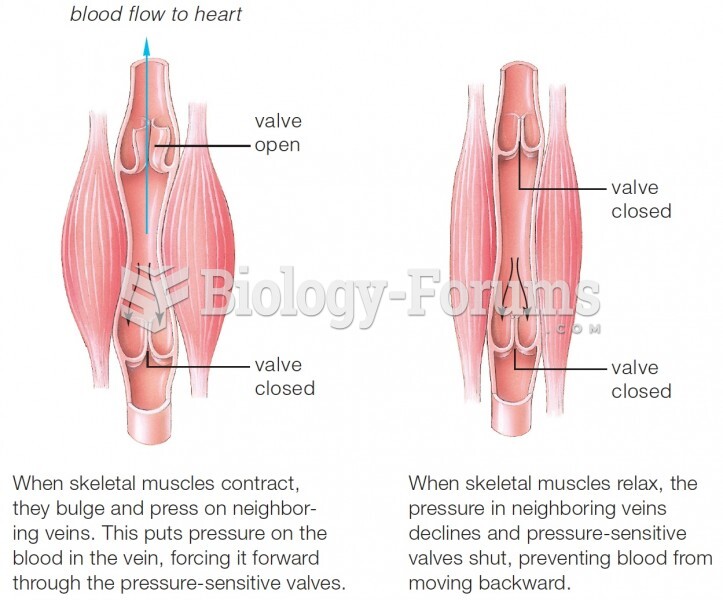Matching
1. A study that detailed the trends of terrorist activity. a. Ethnocentric
2. Extremists who are legal U.S. residents or even citizens, and who are linked to or inspired by a specific, often intolerant ideology. b. al Shabaab
3. An extremist organization affiliated with al-Qaeda in
Somalia. c. START
4. A secret part of the World Wide Web, not
accessible through regular Internet browsing
or search engines; allows for encrypted conversations. d. Tor network
5. Acronym for a previous software
program that allows complete anonymity on
the web, called, The Onion Router. e. Homegrown terrorist
6. A radical Islamic group linked to al-Qaeda in the Islamic Maghreb (AQIM) in North Africa; active in Nigeria. f. Hard target
7. A military term to describe a non-defended
or innocent targetusually refers to innocent
civilians. g. Dirty Bomb
8. A military target that represents armed soldiers, operators, or well-defended
locations. h. Deep web
9. A device or bomb that combines radioactive
material with conventional explosives;
usually crudely made with the purpose of
contaminating a specific area. i. Soft target
10. The belief that one's own culture is superior to all others; often contributes to fear of other people from other cultures. j. Boko Haram
Question 2
Matching
1. This agency is responsible for securing the United States includes land, air, and sea approaches to all 48 continental states, Alaska, Hawaii, Canada, and Mexico. a. U.S. Special Operations Command
2. This unit is responsible for the Department's twin goals of safeguarding the financial system against illicit use and combating rogue nations, terrorist facilitators, weapons of mass destruction (WMD) proliferators, money launderers, drug kingpins, and other national security threats. b. Terrorist Tracking and Pursuit Group
3. This agency is responsible for many counterterrorism actions by the military. c. NORTHCOM
4. This group identifies non-immigrants
who have overstayed the terms of their admission and who may pose a potential
risk or threat to national security. d. Office for Terrorism and Financial Intelligence
5. This department has anti-terrorism units called the Chemical, Biological, Immediate
Response Force (CBIRF),and a battalion-sized unit (usually over 500 soldiers) that can be
deployed to a terrorist incident anywhere in the world within 24 hours. e. U.S. Attorney's Office
6. This office seeks to deter, detect, and
prevent future attacks within the United States by creating partnerships that (1) coordinate
anti-terrorism initiatives, (2) initiate and support anti-terror training programs, and
(3) facilitate information sharing across all levels of government. f. Transportation Security Agency
7. This agency's enforcement arm is the federal air marshals, responsible for primarily securing aviation transportation assets (e.g., commercial airliners) domestically and internationally. g. U.S. Special Operations Command
8. This agency's mission is to provide
fully capable Special Operations Forces to defend the United States and its interests
and to synchronize global military operations against terrorist networks. h. U.S. marine Corps
9. This units missions include (1) direct warfare action, (2) special reconnaissance, (3) unconventional warfare (i.e., training, leading, and equipping guerilla forces behind enemy lines), (4) foreign defense strengthening (i.e., training and advising military, paramilitary, and law enforcement personnel of allied nations, normally in a non-combat environment),
and (5) counterterrorism operations. i. 75th Ranger Regiment
10. Some of the missions of this unit include 1) direct action, seize, destroy, or capture enemy facilities and materials; (2) airport seizure for use by follow-on forces; (3) special reconnaissance, locate hostile forces for future operations; (4) personnel recovery (5) clandestine insertion to surprise the opponent, seize the initiative, and instill confusion
in hostile forces; and (6) sensitive site exploitation, collect and analyze information gained on missions to conduct rapid follow-on operations. j. U.S. Navy SEALS







